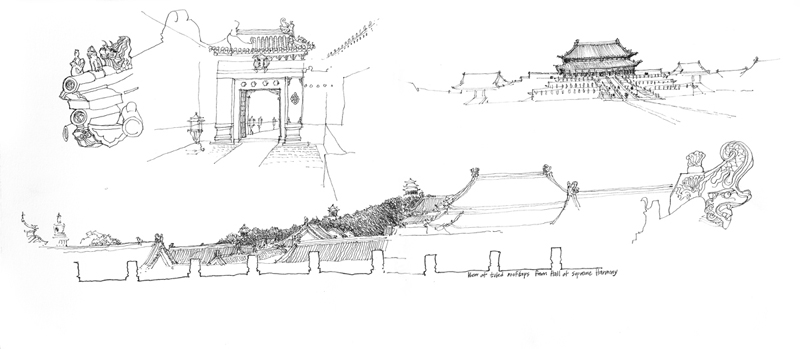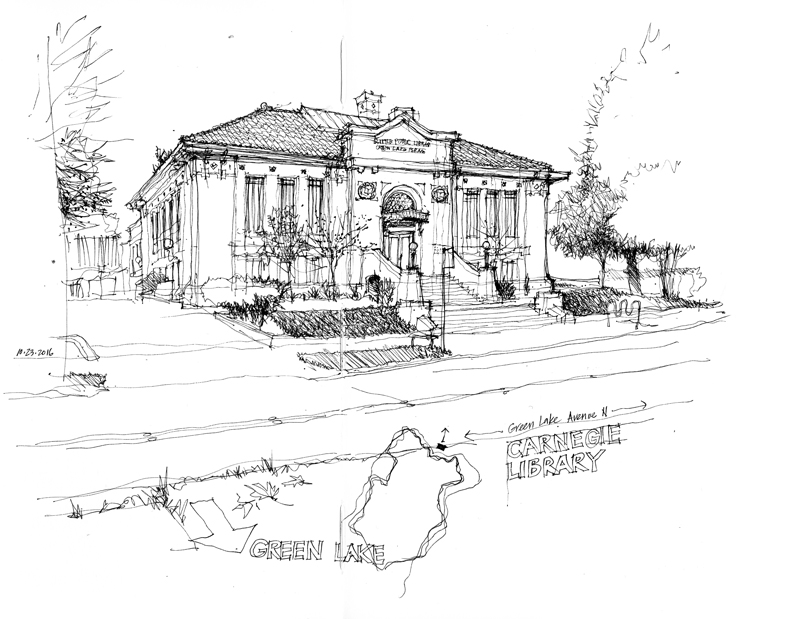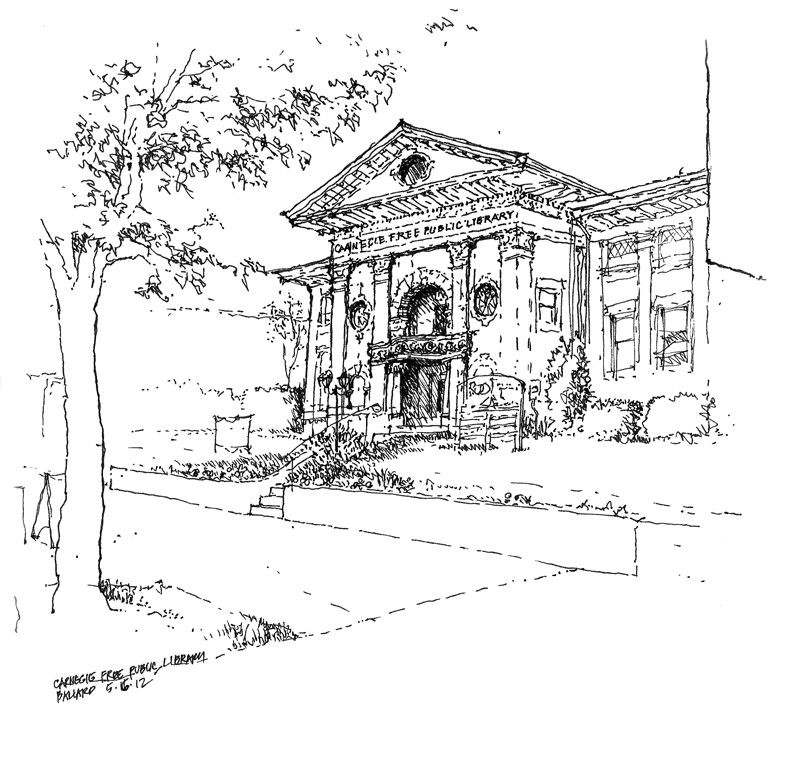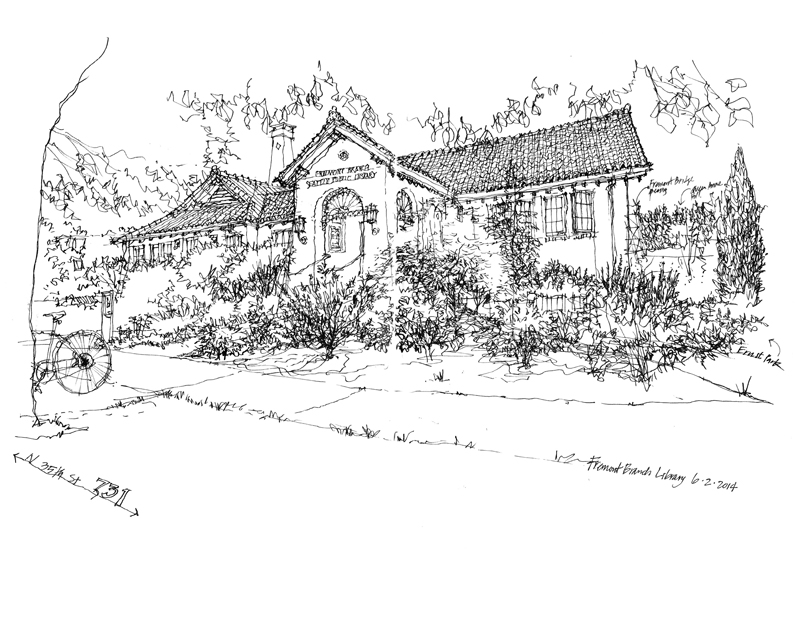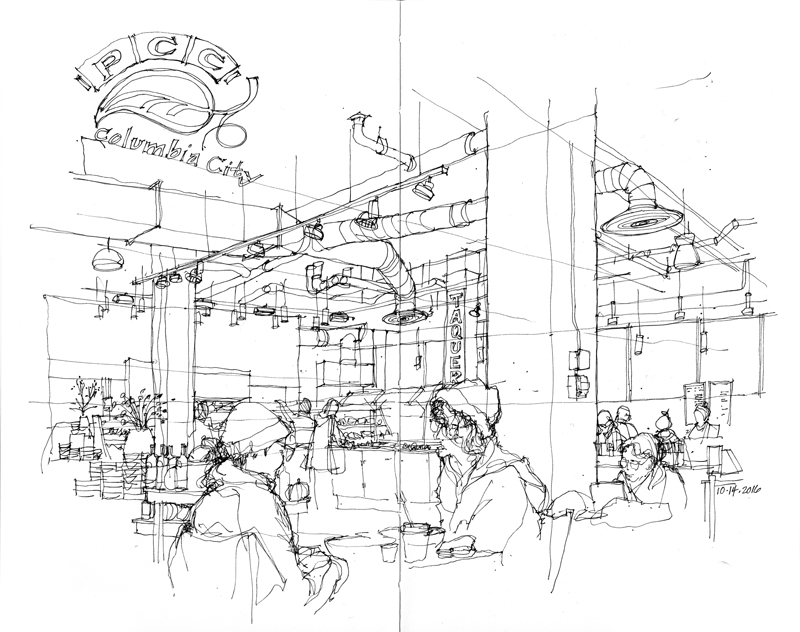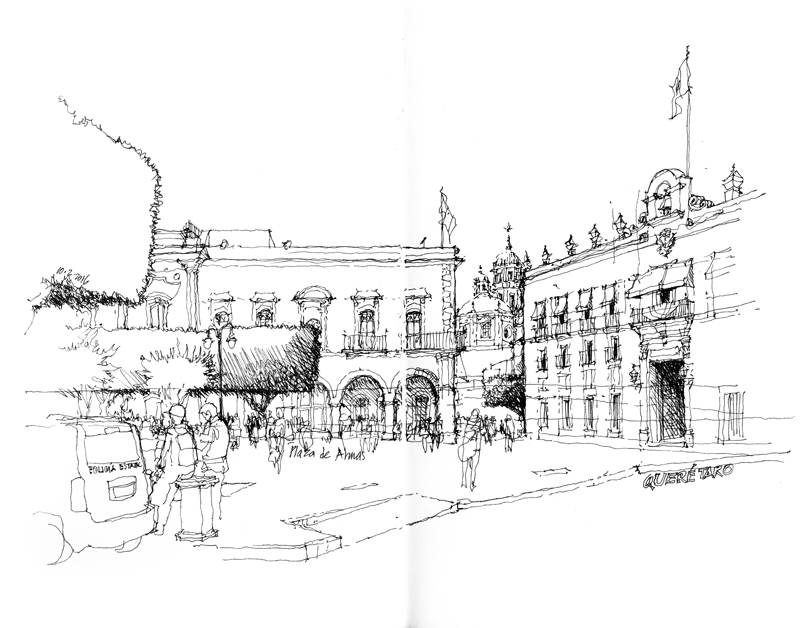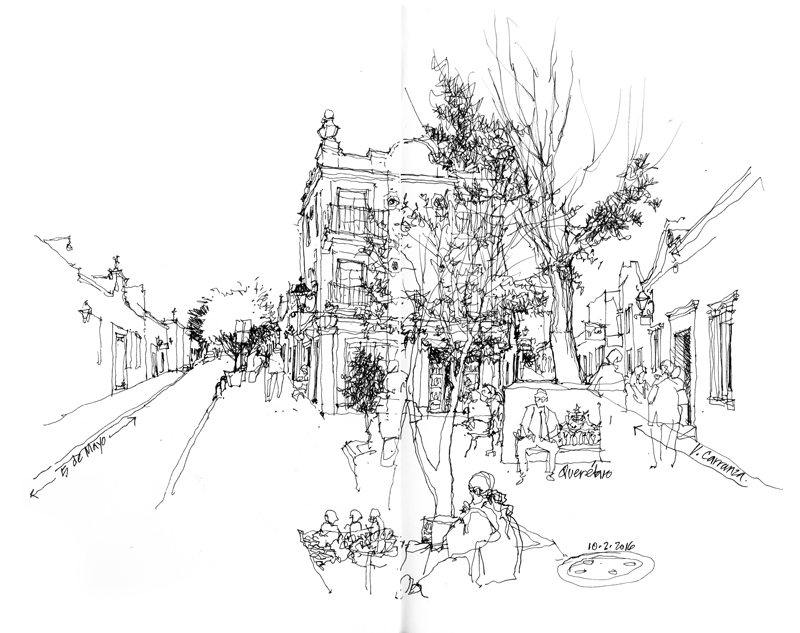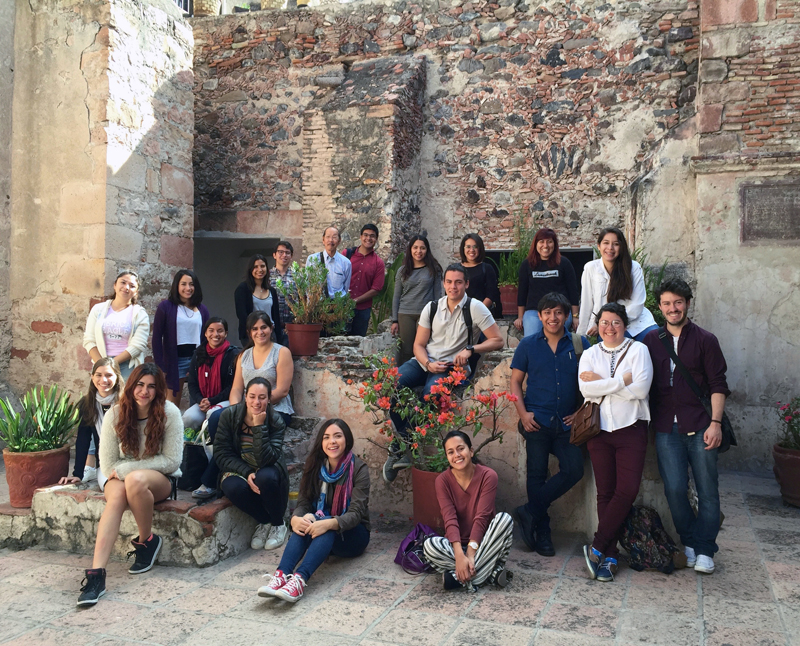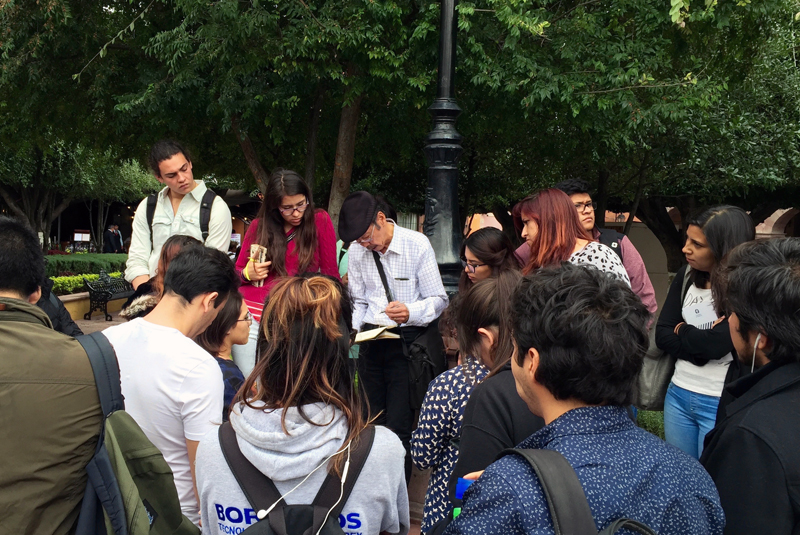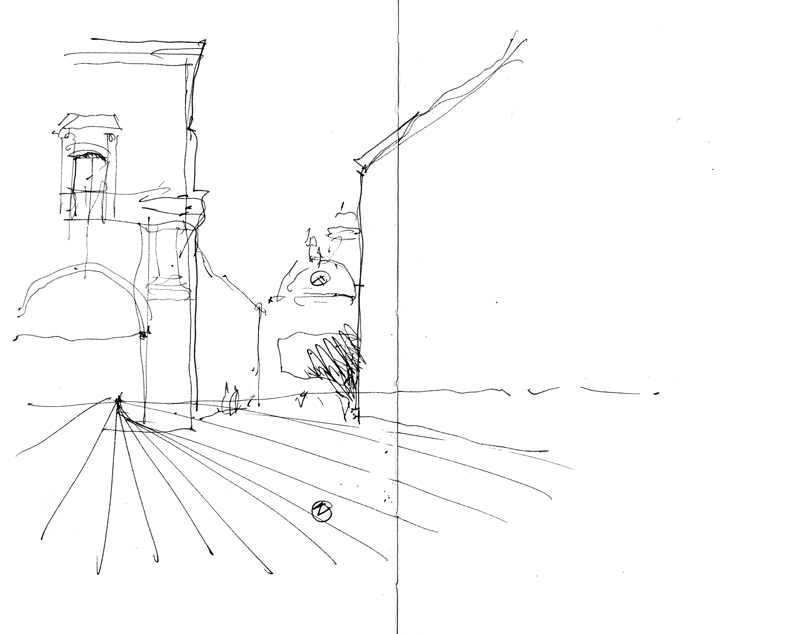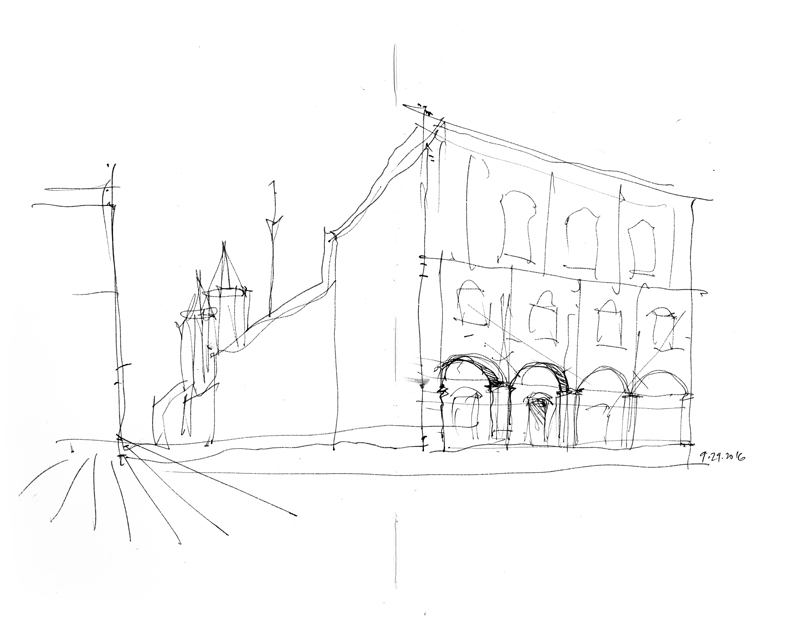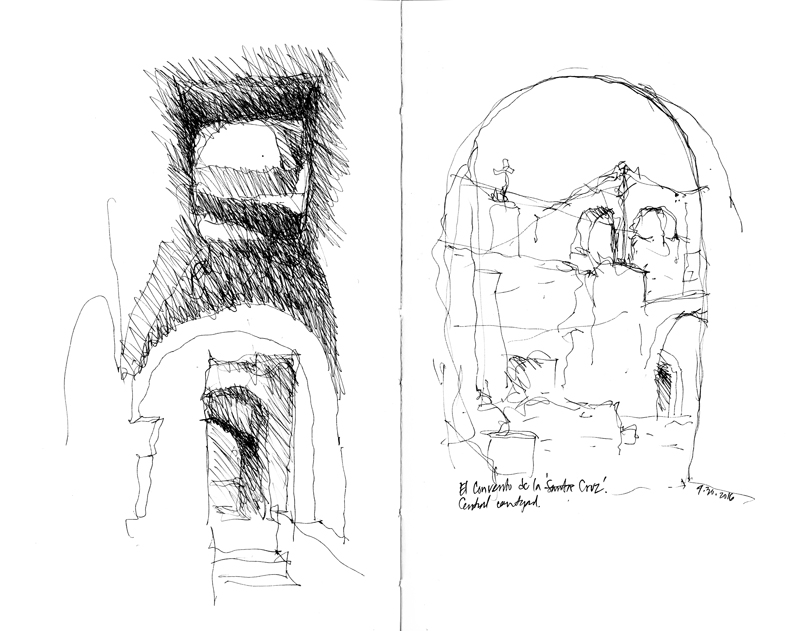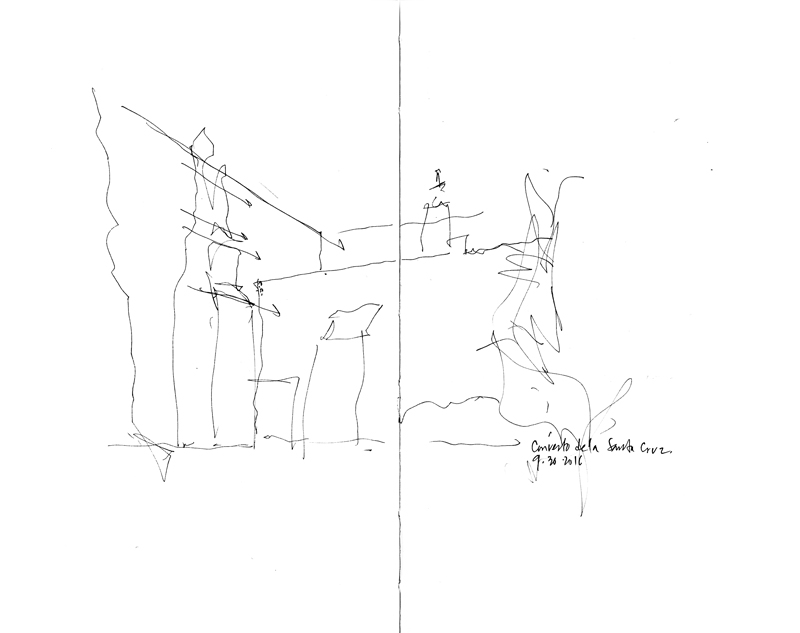A few months ago, I came across an article about notetaking on NPR.org. In research that was originally published in Psychological Science, Pam A. Mueller of Princeton University and Daniel M. Oppenheimer of UCLA studied how notetaking by hand or by typing on a computer might affect learning. A quote from the article:
“When people type their notes they have this tendency to try to take verbatim notes and write down as much of the lecture as they can. (On the other hand) the students who were taking longhand notes in our studies were forced to be more selective — because you can’t write as fast as you can type. And that extra processing of the material that they were doing benefited them.”
One hypothesis that Mueller and Oppenheimer developed is that when a person is taking notes by hand, “the processing that occurs” improved “learning and retention.”
The thought occurs that this might hold true as well when we contrast the benefits of drawing from direct observation with those gained by taking a photo of the same scene. The active seeing that drawing on location encourages can often lead to better understanding and more vivid visual memories.

